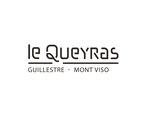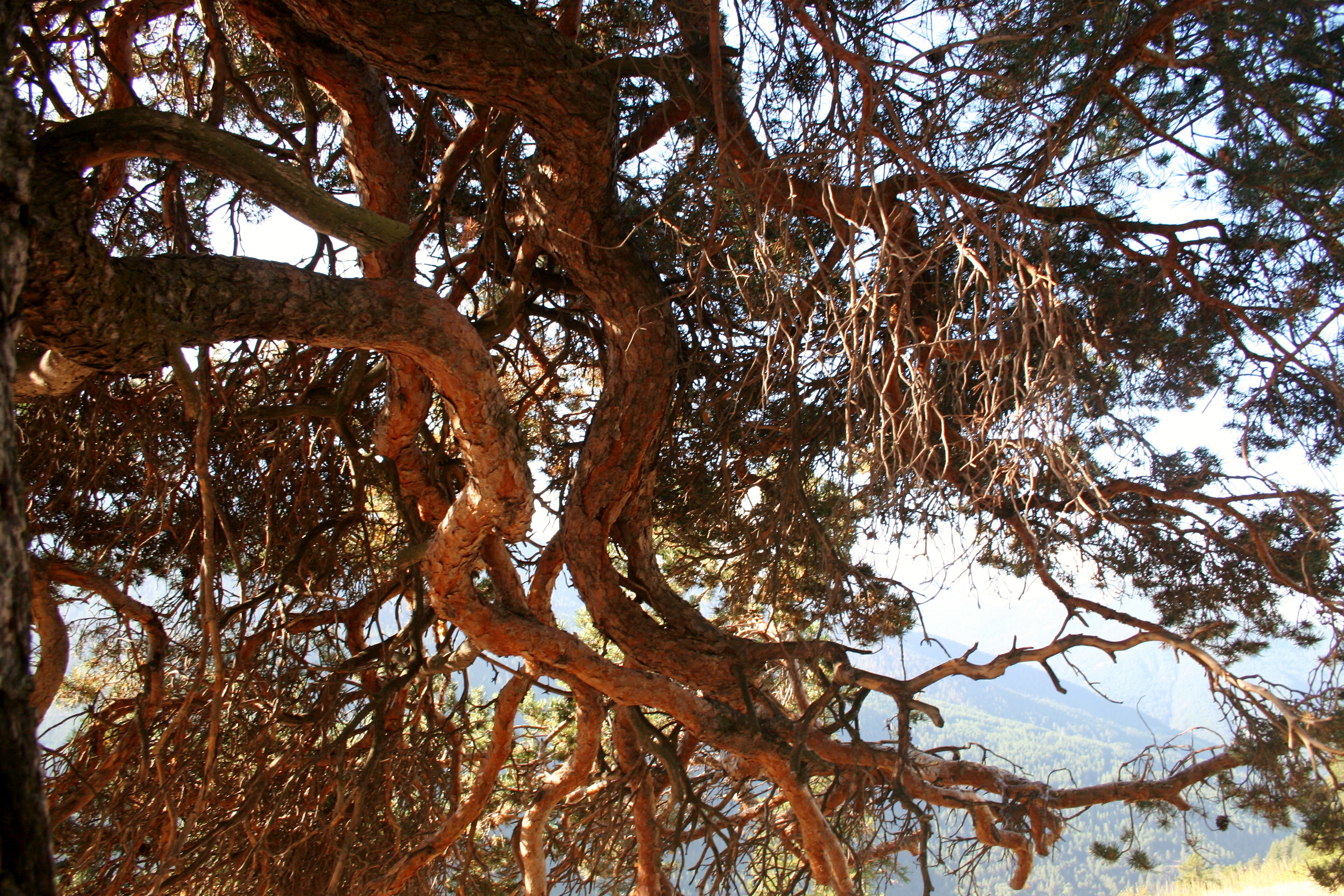
Sentier de découverte des Fourmis - Aiguilles
5 points of interest
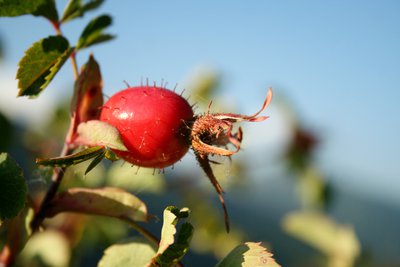
Cynorhodon - Benjamin Musella - PNR Queyras  Flora
FloraRosehip
Rosehip or ‘rose haw’ is the fruit of dog roses. Very rich in vitamin (A, C and E), many cultures have used it for its tonic, astringent and protective properties. It can be used to make jams, syrups, infusions, soups or liqueurs. Beware: its bristles are very irritating for the skin and have to be carefully removed.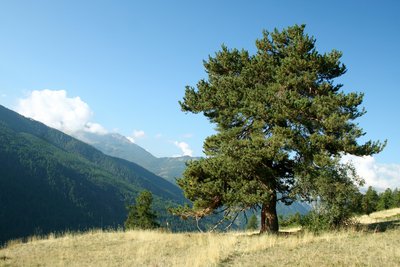
Pin Sylvestre - Benjamin Musella - PNR Queyras  Flora
FloraPinus sylvestris: description
This pine is known by many names: Scots pine, Nordic Redwood, Scots Fir, Riga Pine, Mongolian Pine, Red Deal or Yellow Deal. It has twisted, twin needles (which grow in pairs) measuring 4cm to 8cm, flexible and non-prickly. The grey bark of young trees becomes orange over the years, it becomes thinner and detaches in parts. Its hardiness makes it resistant to both high temperatures and extreme cold and allows it to grow on poor, dry soils that other species don’t colonize. But its need for sunlight makes it vulnerable when growing next to larger trees.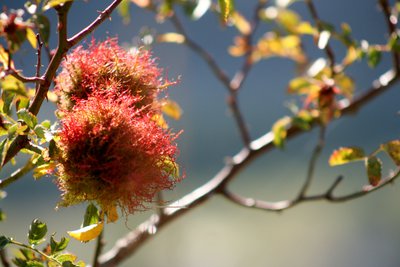
Barbe de Saint Pierre - Benjamin Musella - PNR Queyras  Flora
FloraRose bedeguar gall
Rose bedeguar gall is a plant reaction to the intrusion by a parasite. In rose bedeguar gall, an insect, the gall wasp, pierces the plant to lay its eggs. The reaction of the rose hip is to produce the gall. The growth obtained consists of numerous cavities that will house and protect the larvae. Very rich in sugar, starch and protein, the gall will even feed the insects.
Fourmilière - Benjamin Musella - PNR Queyras  Fauna
FaunaThe Anthill
Using needles and small branches, red ants build their nest. Often facing southeast to enjoy maximum amount of sunlight, the anthill is built on the edge of a forest or in a clearing. The harsher the climate, the higher anthill will be built. Comprising a number of galleries, the interior is a real city. On top are the defenses. Just below are the foundations (a tree stump) and the guard room. On the other floors, one can find meat and grain storage areas, as well as aphids. Then comes the hibernation room, the larvae and the compost. And finally, deep down (30 to 50cm), the royal chamber and the eggs.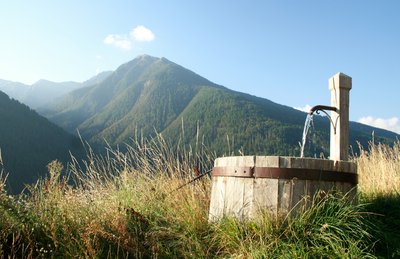
Fontaine - Benjamin Musella - PNR Queyras  Patrimony and history
Patrimony and historyFountains
Water, the source of life, is becoming a major issue for our civilization. The mountains are huge reservoirs that must be preserved. In Queyras, our forefathers valued this precious resource and each village has several fountains.
Description
Du parking continuer le sentier dans la direction de la route. Après 300 m croiser un chemin et rester sur la gauche.
1- Tourner à droite 100 m plus loin. Suivre le goulet qui remonte assez droit, s’arrêter 20m avant la forêt et tourner à droite.
2- Laisser la ruine à droite et remonter en diagonale.
3- Rejoindre un plateau, prendre à droite jusqu’à la fourmilière (panneau). Le retour se fait part le même chemin.
- Departure : Aiguilles
- Arrival : Aiguilles
- Towns crossed : Aiguilles
Forecast
Altimetric profile
Recommandations
De nombreuses sentes croisent le sentier. Bien suivre les balises jaunes et les panneaux d’informations.
Information desks
House of the Queyras Regional Nature Park
3580 Route de l’Izoard, 05350 Arvieux
The House of the Queyras Regional Nature Park is closed to the public.
OTI du Guillestrois et du Queyras
Maison du Tourisme du Queyras, 05350 Château-Ville-Vieille
Transport
Office de Tourisme du Guillestrois-Queyras : 04 92 46 76 18
Access and parking
En entrant dans Aiguilles, tourner à gauche. Prendre la première route à gauche en direction de la Condamine et aller au bout de la route.
Parking :
More information
Report a problem or an error
If you have found an error on this page or if you have noticed any problems during your hike, please report them to us here:


